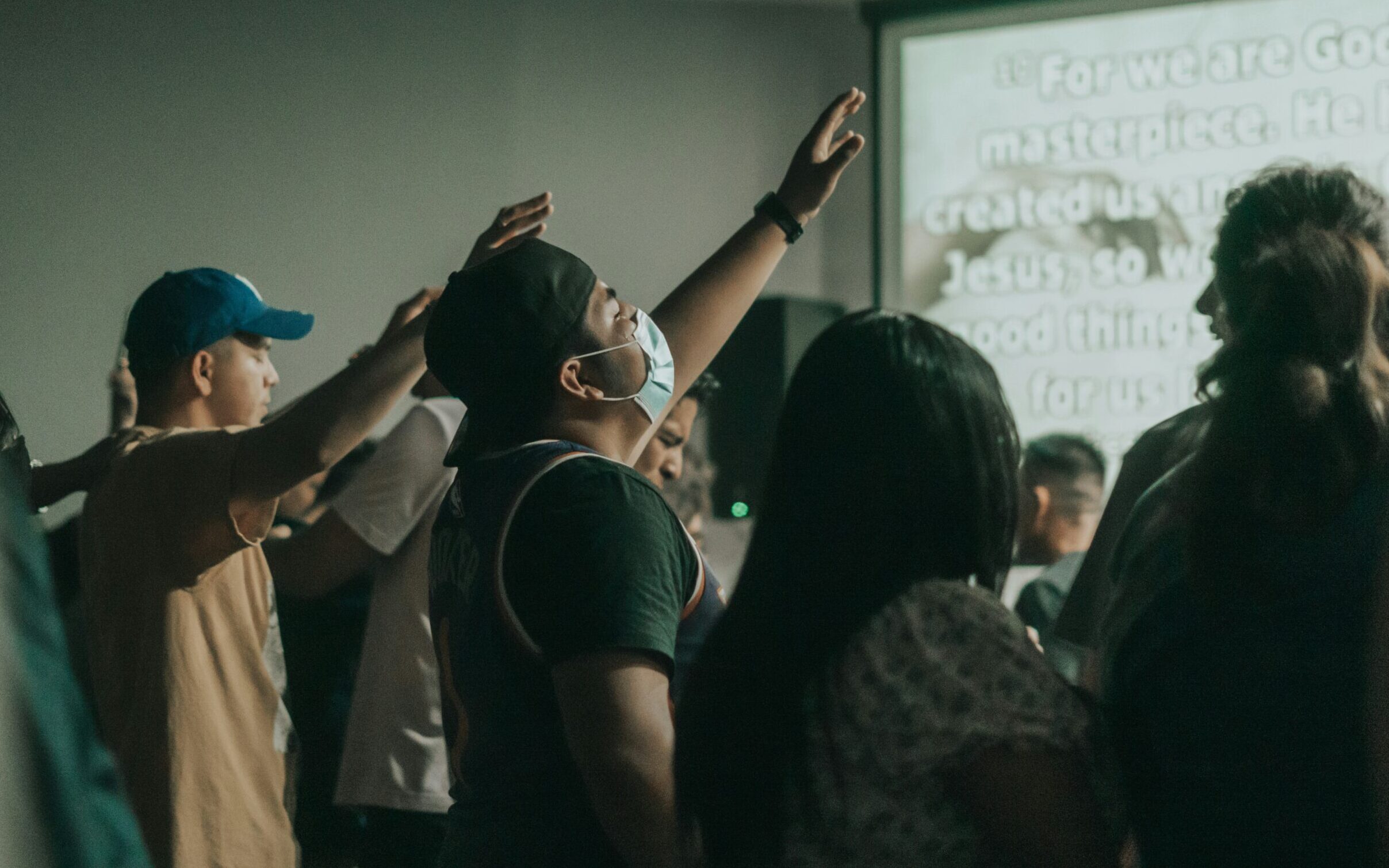History is not “What, When, Where”
By Junelie Velonta
HAPI Scholar

History does not repeat itself. It simply is a record of what we, as a collective species, as a nation, or as a culture, have done in the past. If anything, history is a thing — a construct. There is no instance in which it lives or breathes. Yet, it is treated as if it has a mind of its own.
What is often forgotten is that history, at its core, is about human existence. Events seem to repeat simply because we are human. Parallels of “modern problems” also existed in the generations of our parents, of our grandparents, and so on. Wars and revolutions start because of resource shortages; just ask those who lived through the Bronze Age collapse of 3,000 years ago, the French Revolution of the late 1700s, or the Arab Spring of the 2010s. It may be diminutive and simplistic, but the point stands. Think of it like a clock: yes, the clock strikes “12” twice a day, however, at 12 midnight, the calendar says that it’s already another day.
History is not what, when, where. History should answer why and how. This is largely the reason why people saying “We study history so we do not repeat the mistakes of the past” are fundamentally wrong. By the time a wrong deed is discovered, it is already done or in the process of being done. Seeing history as a mirror that only reflects the present is not enough (as you’re still stuck with the whats, the whens, and the wheres). Yes, we may have recognized the wrongdoings of Marcos, yet our elders still elected Erap Estrada and countless other corrupt officials hence.
The Philippine education system is partially at fault here. Teaching methods for HEKASI and Araling Panlipunan are too focused on what, when, and where. Often, students are made to memorize the tourist spots of each region and their agricultural produce, as if that gives an idea of what makes the nation. But studying history like that is like teaching an engineer what a skyscraper is and what it looks like, without telling them how to build said structure and why it remains stable at such heights.
To understand history, as to understand human nature and build a better future, people must be taught to ask “Why?” and “How?“









